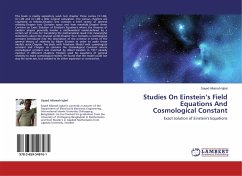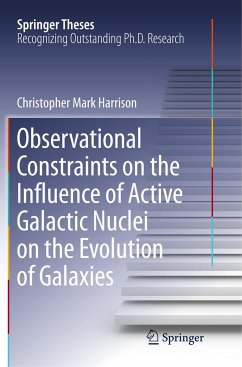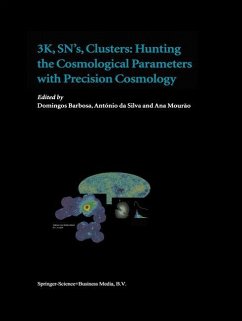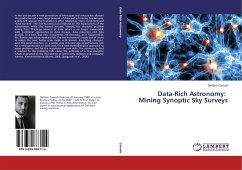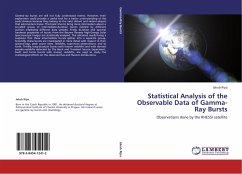
Constraints on cosmological parameters from observational data
A quintessential Universe
Versandkostenfrei!
Versandfertig in 6-10 Tagen
32,99 €
inkl. MwSt.

PAYBACK Punkte
16 °P sammeln!
Over the last decade, observations have shown that the visible and dark matter combined amount to less than half the content of the Universe. The remaining is dark energy with a strange and unique feature: it repels. Many cosmologists, though, are now leaning toward a different idea, known as quintessence. The dynamism is what cosmologists find so appealing about quintessence. While vacuum energy is completely inert, the quintessence interacts with matter and evolves with time, so it might naturally adjust itself to reach the observed value today. Recent observations have shown that the Univer...
Over the last decade, observations have shown that the visible and dark matter combined amount to less than half the content of the Universe. The remaining is dark energy with a strange and unique feature: it repels. Many cosmologists, though, are now leaning toward a different idea, known as quintessence. The dynamism is what cosmologists find so appealing about quintessence. While vacuum energy is completely inert, the quintessence interacts with matter and evolves with time, so it might naturally adjust itself to reach the observed value today. Recent observations have shown that the Universe is not only expanding, but it is accelerating. Due to cosmic expansion and curvature of space-time, observing distanced objects becomes difficult. For constraining the parameters that describe the Universe one needs measurements obtained independently of the cosmological model: angular diameter, luminosity distance, the Hubble parameter at different redshifts and the first acoustic peak from the power spectrum of the cosmic microwave background. Data will be fitted to test the quintessence model and hopefully to answer the question: What kind of Universe do we live in?



